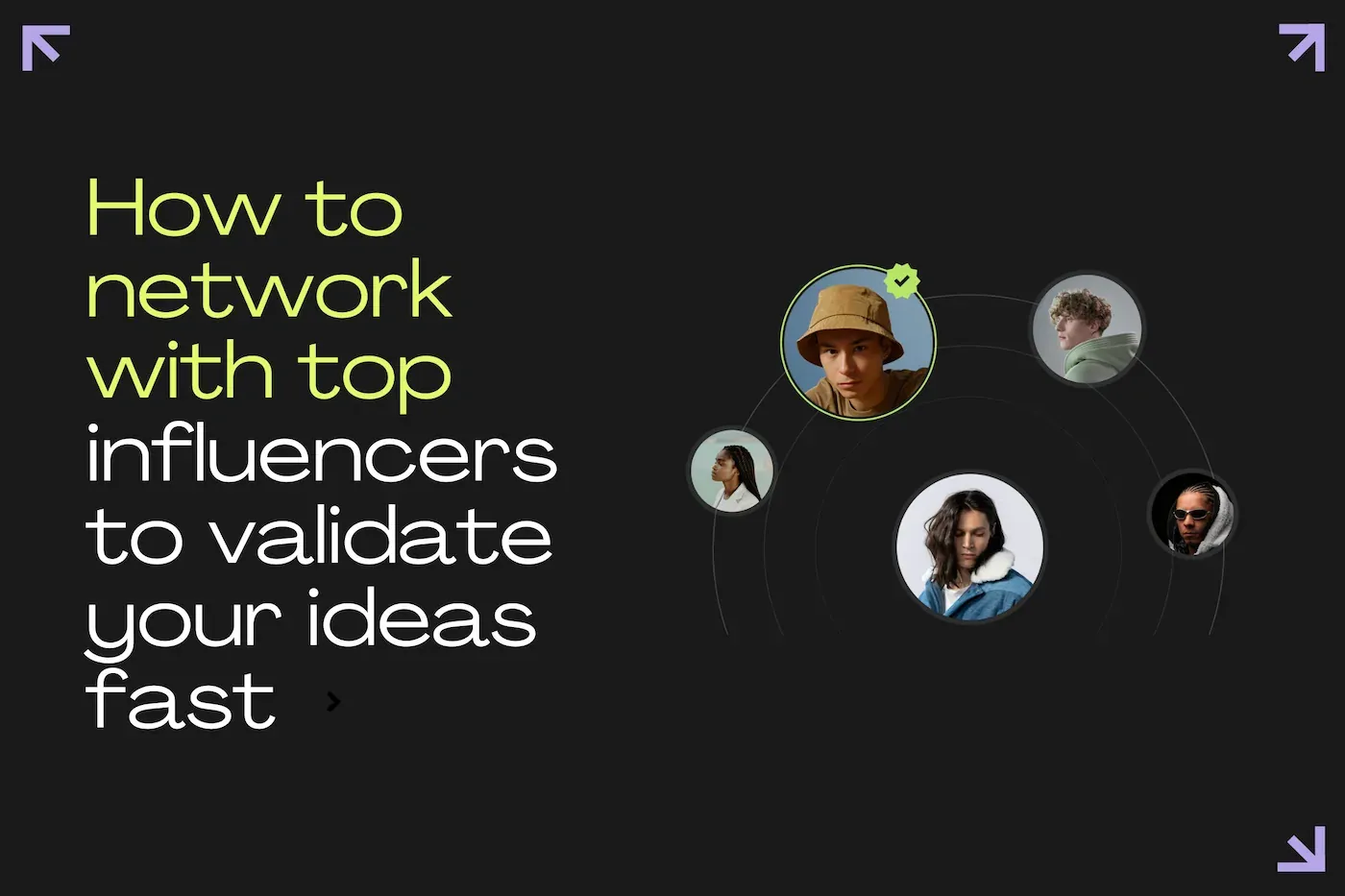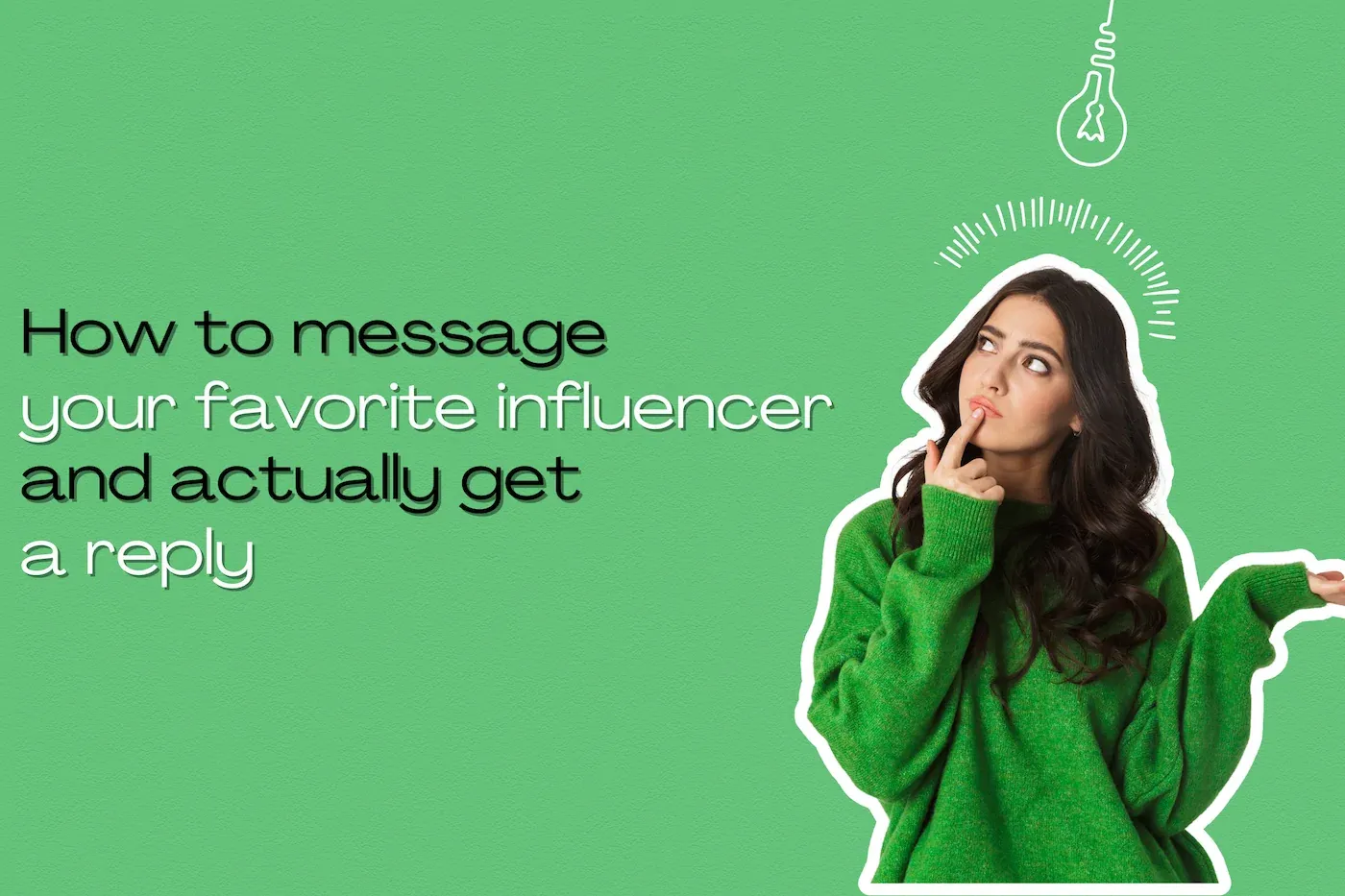
What would you pay to ask your favorite influencer a question? It might sound strange at first. Social media has made influencers feel more accessible than ever. You can comment, DM, tag, or reply. But as inboxes fill up and attention becomes a currency, creators are rethinking how and if they respond.
At the same time, something interesting is happening: people are paying for access.
Across platforms like Instagram, TikTok, and now paid Q&A tools like ASKPPL, fans, aspiring creators, and even brand teams are choosing to pay influencers directly for their time and opinion. This post breaks down who’s asking these questions, what they’re hoping to get out of it, and why this behavior reveals more about the future of creator monetization than any trend forecast.
When someone pays to message an influencer, it usually comes down to one thing: trust. But the reasons behind it vary, and the people asking questions aren’t all the same. They fall into three groups, each with different motivations and expectations.
Some fans want more than what’s in a caption or comment thread, they’re looking for personal advice, support, or perspective. This could be someone dealing with a similar experience, someone who’s been following your content for years, or just someone curious enough to pay for your attention.
Many of these questions are about relationships, lifestyle choices, mental health, or motivation and they think you’ll have much better and more genuine opinions than Google or an AI chat bot.
This group sees you as someone who’s already doing what they’re trying to build. They want help: quick advice on gear, platforms, pricing, or audience growth. And they’d rather pay you for an honest answer than get a vague result from an SEO-stuffed blog post. For them, it’s cheaper than a course and feels more useful than general tips blasted out to thousands.
Brand and agencies are putting more and more money behind influencer marketing, so they need to plan their campaigns better. Instead of cold-emailing dozens of creators, some are using paid Q&A tools to test messaging ideas, check if a campaign concept feels right, or simply understand what influencers want from collaborations. A quick question can offer more insight than a full survey or a formal partnership pitch.
So why would anyone pay just to ask an influencer a question? Psychologist think they have an answer, which is all around the concept of parasocial relationships. Here’s what they think:
Most people follow creators they admire. Over time, they feel like they know them, even if they’ve never spoken. These one-sided relationships are called “parasocial relationships.” It’s the same reason people feel connected to celebrities or podcast hosts they’ve never met.
Paid Q&A platforms change that dynamic. When someone pays to ask a question, it turns a one-way connection into a two-way conversation that feels personal and powerful.
When something feels exclusive, we tend to want it more. If an influencer offers paid messages, it creates a sense of scarcity because not everyone gets access. That makes the opportunity feel more valuable. The payment also acts as a filter. It shows the question is serious and worth the creator’s time. And for fans, it makes the reply feel special.
What makes paid Q&A particularly compelling is that it transforms the traditional media consumption experience. Instead of passively consuming content, followers feel that they are actively participating in a dialogue. These are the benefits:
Paying for a response guarantees that the influencer will acknowledge the follower's existence, breaking the anonymity of typical social media interactions.
Generic content feels less valuable than personalized responses, even if the advice given might be similar to what appears in free content.
Status and Social Capital: Having direct access to ask questions creates a sense of insider status that can be shared with others or used to gain social credibility.
Because 1:1 Q&As involve a payment, they create a powerful psychological frame that suggests intimacy and priority access. When someone pays for an influencer's time, it mimics the dynamics of professional relationships like therapy or coaching, where payment signals dedicated attention and expertise.
This makes the interaction feel more "real" and significant than free interactions, even though the influencer may be responding to hundreds of similar paid questions.
When someone pays to ask a question, what are they really buying, and why didn’t they go to an expert coach or therapist. So let’s compare benefits:
Most paid Q&As fall somewhere between $5 and $50. That depends on the creator, how big their audience is, and how niche the advice is. Compare that to the alternatives:
· Life coaching: $100 or more
· Business advice: Easily $300+ an hour
· Therapy: Usually $150 a session
Quick replies: No booking calendars or long waits. A paid DM might get a response in hours or a day. That speed matters when someone just wants a quick check-in or a simple opinion.
· Advice from someone they relate to: A lot of the time, it’s not about credentials. It’s about trust. A fitness tip from someone who looks like you and has built their progress in public? That hits differently than a clinical answer.
· A bit of bragging rights: Getting a reply from a well-known creator feels good. Some fans even screenshot the answer and share it.
· Something between advice and entertainment: Plenty of paid questions aren’t super serious. They’re fun, light, or even flattering. It’s more casual than coaching, and more personal than a comment.
Not long ago, most creators ignored their DMs or answered them for free. But that’s changing. Inboxes got much busier and a successful influencers’ time is harder to manage. More influencers are realising that their attention has value and that people are willing to pay for it.
Many creators now use tools to limit or manage direct messages. Instead of answering every DM, they set up a paid link where people can ask questions. It’s about protecting time and making sure the people who really want to talk are the ones who get through.
For creators who don’t want to make courses or chase brand deals, paid Q&A offers a simple alternative. It’s fast to set up, easy to manage, and doesn’t require a huge following. Platforms like ASKPPL make it possible to earn just by answering the kinds of questions you already get.
Plenty of creators say paid chats actually improve the quality of their interactions. Instead of spam, they get thoughtful, focused questions from people who care about what they have to say. It feels more rewarding and more manageable than sifting through hundreds of unread DMs.
· Paid Q&A is the latest trend and is part of the evolution in how people value online interactions.
· Followers are reaching out, and they want real replies, personal advice, and a moment of connection with someone they trust. They’re happy to pay for this kind of access because it feels more personal and genuine.
· For creators, this is a new way to earn but also a way to make your time count. You don’t need to build a course or chase partnerships. If people already ask for your input, there’s now a clear path to getting paid for it.
· For brands, paid questions offer a quiet, direct way to learn. Instead of formal pitches or influencer surveys, teams can ask real questions and quickly get honest answers. It’s a smarter way to plan campaigns, test ideas, or find the right creators to work with.

Instead of chasing down “opinion leaders” or running expensive research, you can message the right influencer directly. Here's how

Influencers and content creators are experts in their field. Learn about the tools that help you connect directly with your favorite influencer